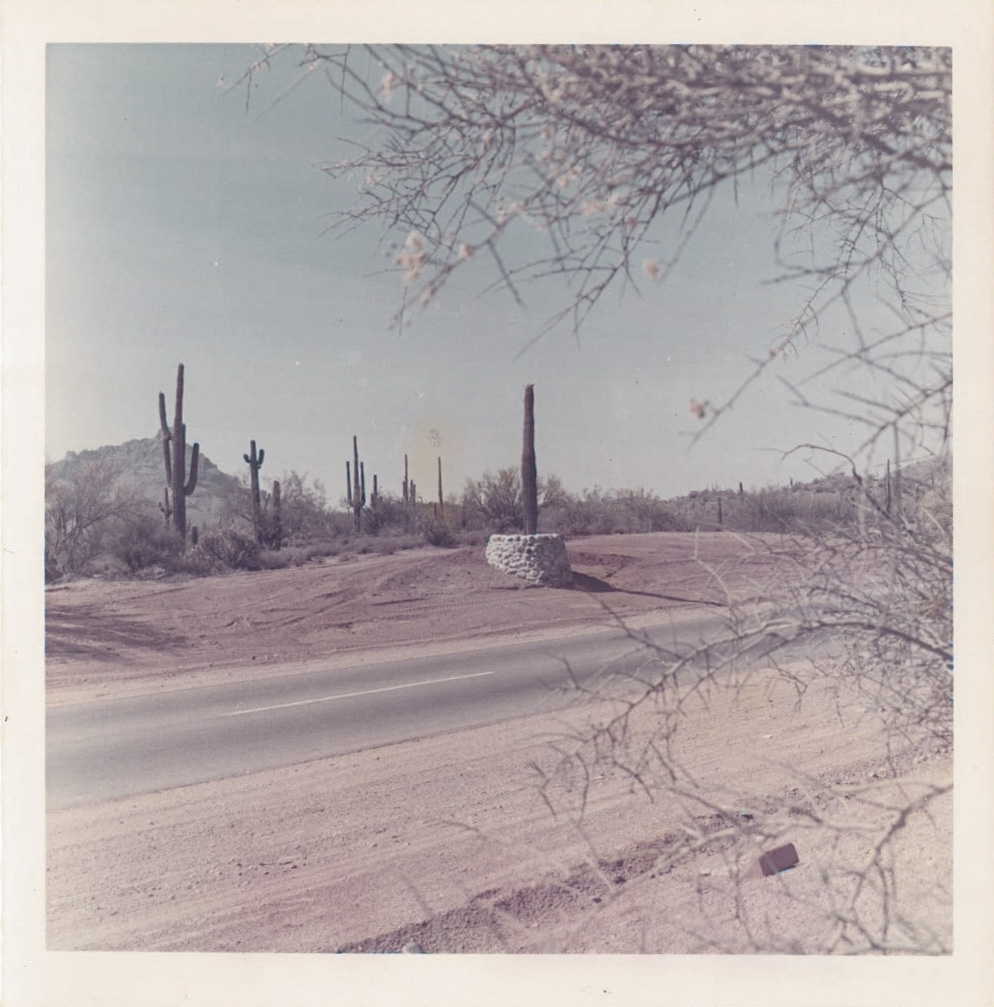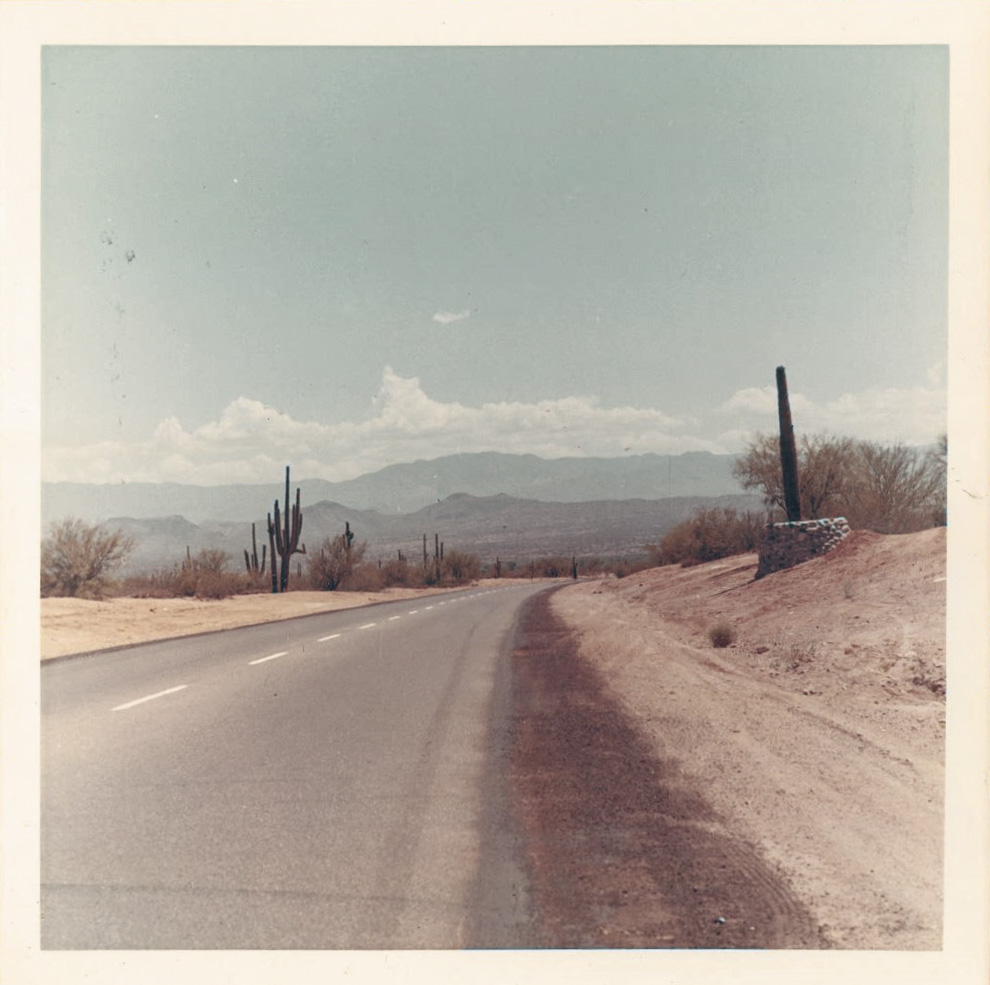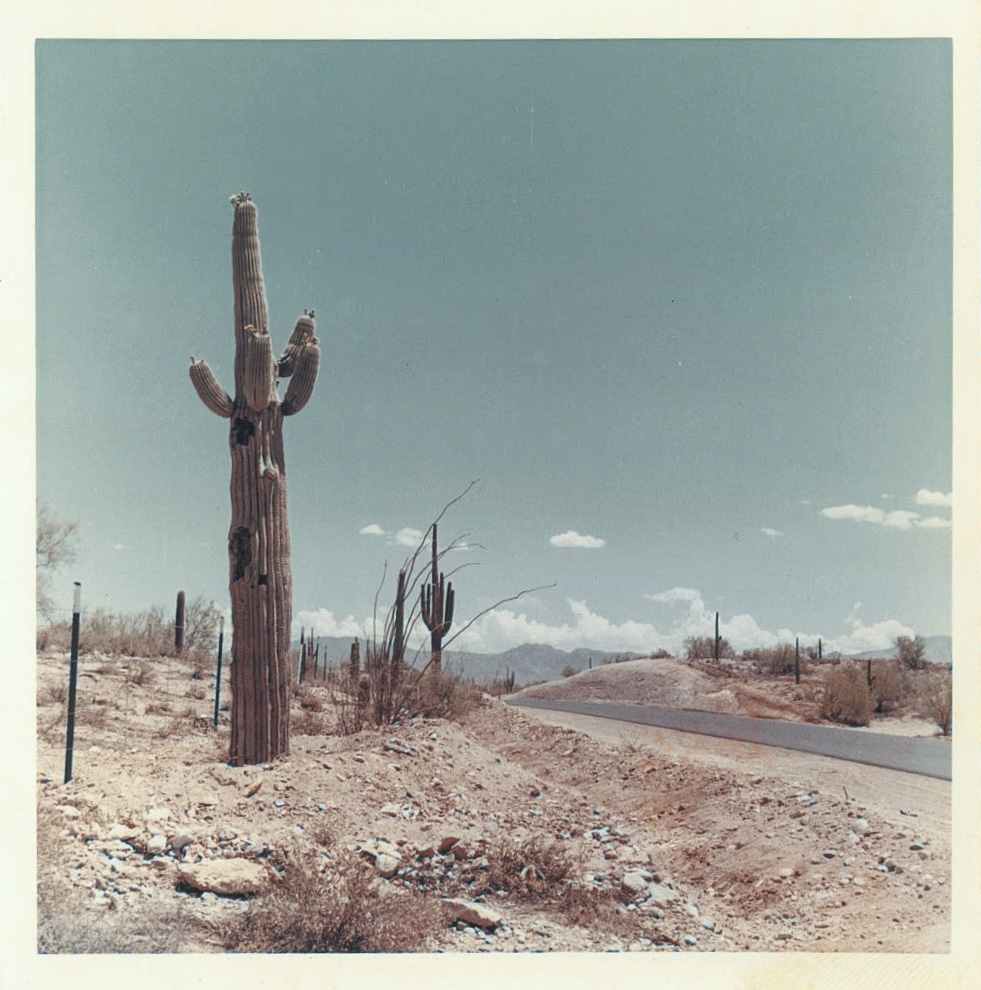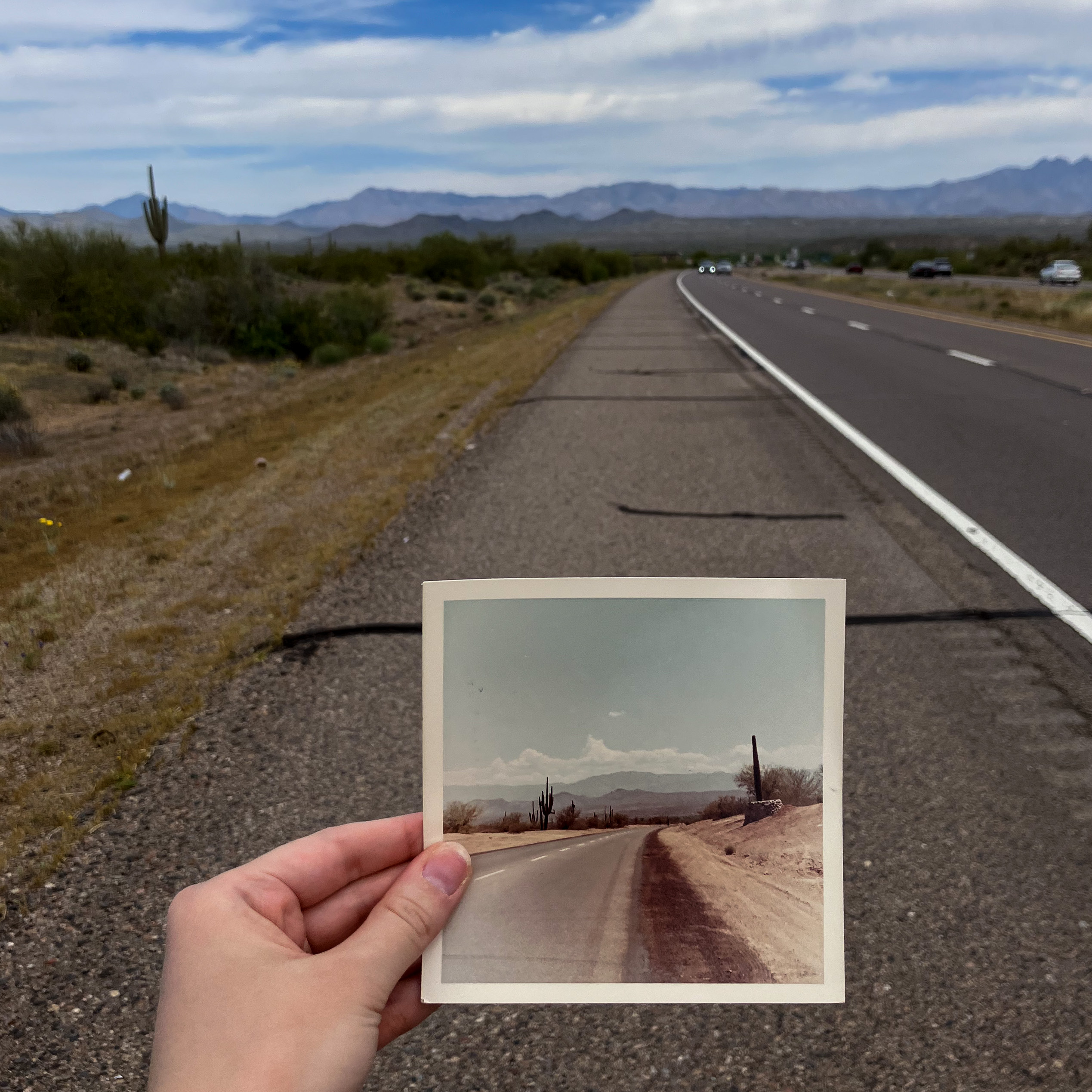From the archives: Cactus relocation in the 1970s
From the archives: Cactus relocation in the 1970s

While looking through our photo archives, we found what appeared to be photos of a cactus relocation project on State Route 87 (Beeline Highway) during the summer of 1971. That made us curious to learn more about the practice.


Cactus relocation involves removing healthy cactuses and preserving them while roadwork is being done, then replanting them in the same area when the work is complete. ADOT has been doing this for decades as part of our ongoing work to preserve native desert plants close to highways and construction sites.
 There have been many cactus relocation projects over the past 30 years, according to ADOT Statewide Landscape Architect David Casselbury, who shared the process with us:
There have been many cactus relocation projects over the past 30 years, according to ADOT Statewide Landscape Architect David Casselbury, who shared the process with us:
First, a survey is conducted to assess the health and size of the cactuses currently in and around the construction area. Each species is tagged, documented and photographed, then carefully dug out and relocated to a safe area either on-site or in a temporary plant salvage yard for the duration of the project.
“While in the salvage yard, the cacti will be inspected monthly and watered appropriately depending on the season, Casselbury said. “If large Saguaros are salvaged they will place supports stakes to keep it straight and to help not have it fall. Younger Saguaros will receive shade cloth to help protect it from sunburn since most young Saguaros are grown under the shade of trees in the desert.”
When the project nears completion, the cactuses are replanted, and crews continue to observe and care for them during a period of 1-2 years, he said. Some of the types of cactuses salvaged include Saguaros, Barrel Cactus, Pincushion, Hedgehog, Soaptree Yucca, Agave and Ocotillo.
Unfortunately, the information included with the photos didn’t specify exactly where on SR 87 the relocation took place. So, we set out on a mission to see if we could find the location based on the surrounding geography, and we think we got close on a few of them.
To the best we could tell, the project took place around milepost 200, and we found evidence in a 1971 issue of an employee newsletter for the Arizona Highway Department (ADOT’s predecessor) that supports that theory.



According to the newsletter, a large cactus relocation project was underway in the fall of 1970 to make way for the new southbound lanes of SR 87 just north of the Verde River, which passes the highway between mileposts 191 and 192. The project included moving hundreds of saguaros, ocotillos and other desert plant life, some up to 3 tons in weight and 200 years in age.

George Turer, a landscape technician at the time, designed a special apparatus made up of wood and carpet cushioning to protect the cactuses during removal and transportation. As a result, only less than 1% of the transplants were lost, according to the newsletter.
Though these photos were dated to have taken place in 1971, we think it’s highly likely they were taken during this project due to the proximity in date and location.
More recent ADOT cactus relocation projects have taken place along Loop 303 in the West Valley, Loop 101 in Scottsdale and the Loop 202 South Mountain Freeway, the latter of which included more than 1,000 saguaro cactuses, palo verde trees and other native plants.
As of the publishing of this blog article in July 2024, the only active cactus relocation project is for the I-17 Improvement Project between Anthem Way and Sunset Point.
